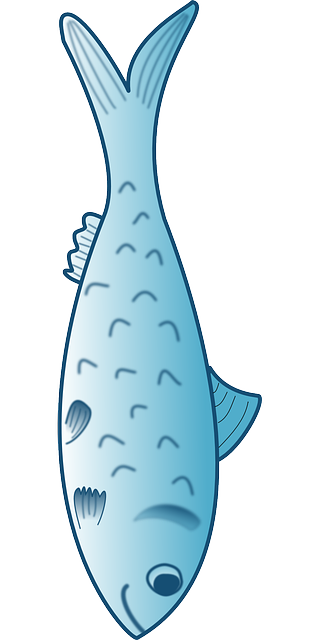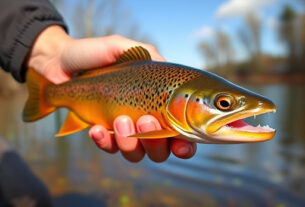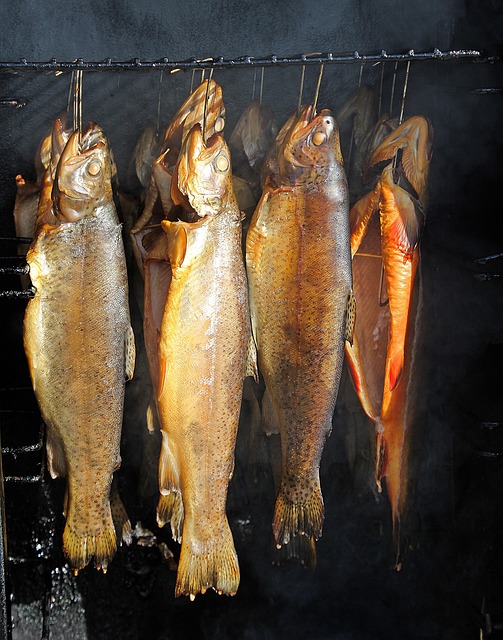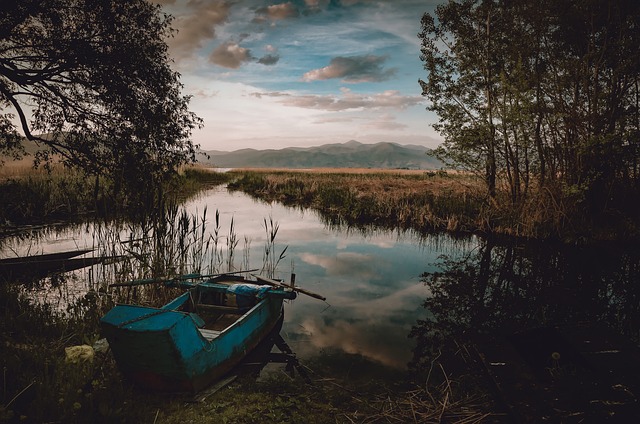To effectively catch trout throughout the year, anglers must adapt their fly selection and techniques to match the seasonal insect hatches and environmental conditions. In spring, focus on emerging insects like caddisflies and mayflies with dry flies like the Elk Hair Caddis or Parachute Adams. Summer demands a variety of flies to match the abundant terrestrial and aquatic insect life, such as Adams dry flies for daytime feeding, and Chironomid pupae or terrestrial patterns like ants and beetles when trout are targeting these food sources. As autumn arrives, transition to smaller natural-looking flies, including terrestrials on warmer days and streamers as temperatures cool. In winter, nymphs like midges and mayflies, San Juan Worms, and egg patterns become crucial, with a focus on deeper, slower water where trout are more active due to the available food sources. Patience, precision, and adaptability are key throughout all seasons for successful river trout fishing.
Anglers eager to enhance their trout fishing prowess can benefit from a deep understanding of trout behavior and the art of selecting the right flies for optimal river trout fishing. This comprehensive guide offers seasonal fly picks that promise year-round catching success. Whether you’re angling for early spring trout in cold waters, targeting summer streams, or braving autumn’s changing seasons, or even the chill of winter, our trout fishing tips are tailored to your needs. Discover the top flies that will help maximize your catch rates and experience the thrill of river trout fishing all year long.
- Understanding Trout Behavior and Fly Selection for Optimal River Trout Fishing
- Seasonal Fly Picks for Year-Round Catching Trout Success
- Top Flies for Cold Water Trout in Early Spring
- Essential Flies for Summer Trout Fishing on Streams and Rivers
- Best Flies for Autumn Trout as Seasons Change
- Must-Have Flies for Winter Trout Fishing to Maximize Catch Rates
Understanding Trout Behavior and Fly Selection for Optimal River Trout Fishing
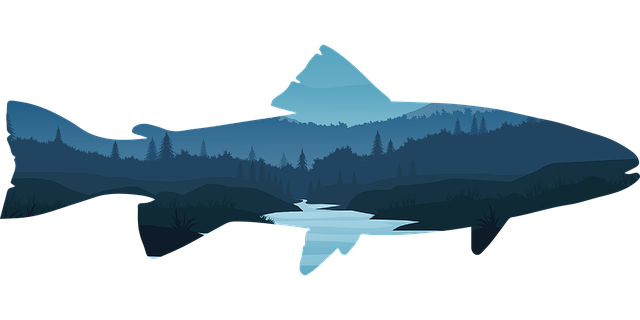
When targeting river trout, grasping the nuances of trout behavior is key to successful fly selection and ultimately catching more fish. Trout are sensitive to their environment, reacting to water temperature, light conditions, and the presence of predators. They exhibit different feeding patterns throughout the day, with early mornings and evenings often yielding the most active bites. Understanding these patterns allows anglers to choose flies that mimic natural insects and baitfish trout are likely to feed upon.
For instance, during spring and fall when water temperatures are cooler, trout tend to be more active and selective, preferring nymphs that resemble mayflies, caddisflies, or stoneflies that inhabit the riverbed. In summer, as water warms, trout move to deeper, cooler waters, making terrestrial patterns like grasshoppers, ants, or beetles effective during this time. Trout fishing tips that emphasize observing the hatch and matching the fly size, color, and movement to what’s naturally occurring in the river will improve your chances of a successful catch. River trout fishing requires patience, adaptability, and a well-rounded selection of flies that cater to different conditions. By paying close attention to the environment and the specific behaviors of the trout you’re targeting, you can select the most appropriate fly for the situation, increasing your chances of a rewarding day on the water.
Seasonal Fly Picks for Year-Round Catching Trout Success
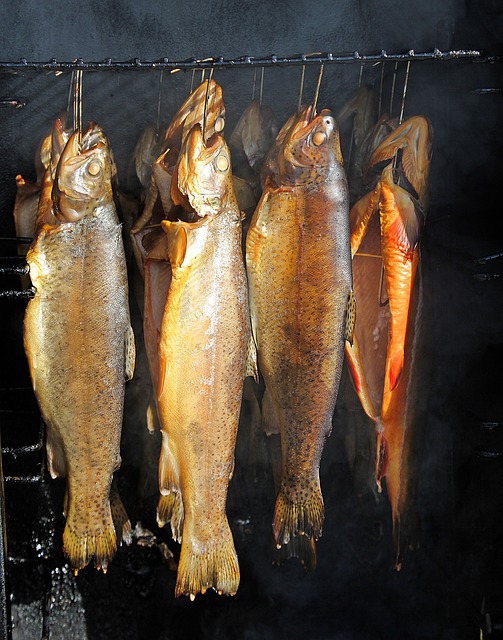
When targeting trout in rivers throughout the year, selecting the appropriate flies is crucial for success. In the spring, when trout are actively feeding after the winter months, egg patterns such as the Prince Nymph or Bead Head Hare’s Ear mimic the abundant natural food source and can lead to substantial catches. As water temperatures rise and trout move into shallower streams, mayflies hatch in abundance, making dry flies like Elk Hair Caddis or Parachute Adams effective for imitating these insects. For summer days on the river, terrestrial patterns like the Royal Wulff or Hopper patterns become essential, as they resemble the insects and spiders that fall into the water. As autumn approaches, trout fishing tips often include the use of larger nymphs like the Copper John or Pheasant Tail, which coincide with the trout’s diet as they prepare for the winter. During the colder months, streamers such as the Zonker or Muddler become a staple, provoking strikes from lethargic fish seeking an energetic meal. Throughout each season, understanding the local hatches and environmental conditions is key to adapting your fly selection for consistent trout fishing success. Whether you’re wading through a mountain stream or casting on a calm river, the right flies can make the difference between an empty net and a day full of catches.
Top Flies for Cold Water Trout in Early Spring
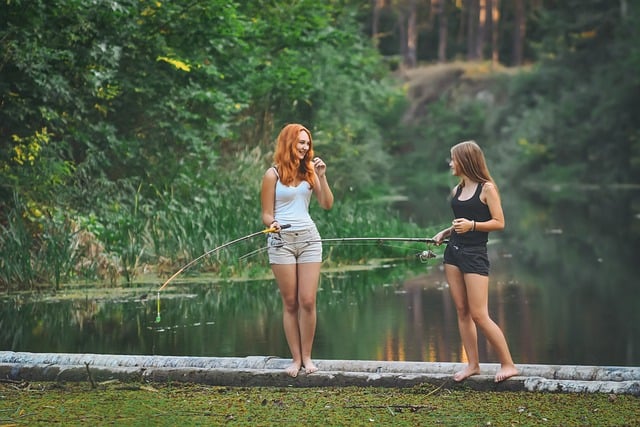
When the mercury dips and the days grow shorter, river trout fishing for cold water species becomes a pursuit that demands precise selection of flies. Early spring trout are often lethargic due to the low water temperatures, making them less active but still susceptible to the right offering. To increase your chances of catching trout during this period, opt for flies that mimic the natural food sources trout rely on when metabolism is at its lowest. Among the top flies for cold water trout in early spring are nymphs such as the Pheasant Tail Nymph and Hare’s Ear, which accurately represent mayfly nymphs that are abundant on the river bottom. Trout fishing tips that emphasize slow presentations with these nymphs can lead to successful catches, as trout will be more inclined to feed on these slower-moving prey. Another effective fly for early spring is the Woolly Bugger, a versatile streamer that simulates both aquatic insect larvae and small fish, triggering strikes from aggressive trout looking for a meal. Trout fishing tips that suggest using a sinking line or adding split shots can help get these flies down to the feeding level of trout without drifting too far away in the cold, clear waters. For surface action, an Elk Hair Caddis or a Parachute Adams can be deadly on calm, overcast days when trout are looking for emerging insects. Incorporating these flies into your river trout fishing strategy will not only improve your odds but also enhance your early spring angling experience.
Essential Flies for Summer Trout Fishing on Streams and Rivers
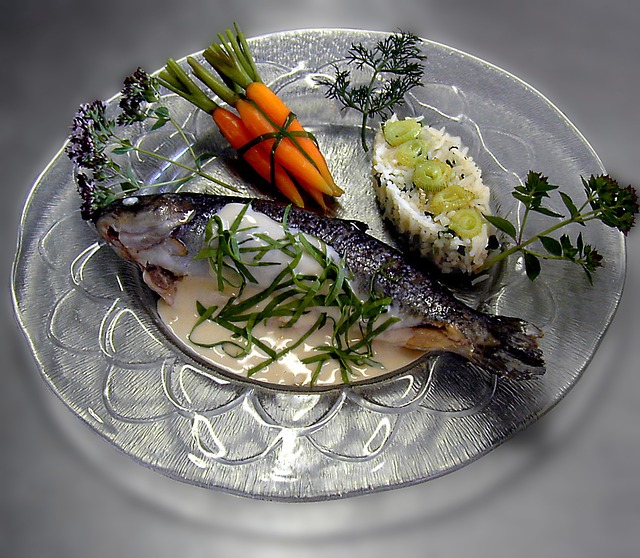
When the days grow longer and the sun hangs high in the summer sky, trout fishing on streams and rivers enters a dynamic phase. Anglers looking to enhance their river trout fishing experiences during this season should consider incorporating a variety of flies that mimic the abundant insect life present at this time of year. The key to catching trout effectively in the summer is to match the hatch, as trout are often feeding on specific insects that are prevalent in the waters where they reside.
During the summer months, mayflies, caddisflies, and terrestrial insects like ants and beetles play a significant role in the diet of trout. A reliable fly for this season is the Adams, a versatile dry fly that imitates mayflies and can be used throughout the day, regardless of hatch times. For those looking for trout fishing tips tailored to summer conditions, the Elk Hair Caddis is an excellent choice for caddis-heavy waters. Additionally, Chironomid pupae patterns like the Crack Midnight or the Pheasant Tail nymph are effective for imitating these small but crucial aquatic insects. Anglers should also keep a selection of terrestrial flies such as the Antz Pattern or the Hopper pattern handy, as these can be particularly effective on sunny days when trout rise to the surface to feed on these land-based insects. By understanding the summer insect life and selecting flies that mimic these, you’ll increase your chances of successful catchings trout in streams and rivers.
Best Flies for Autumn Trout as Seasons Change
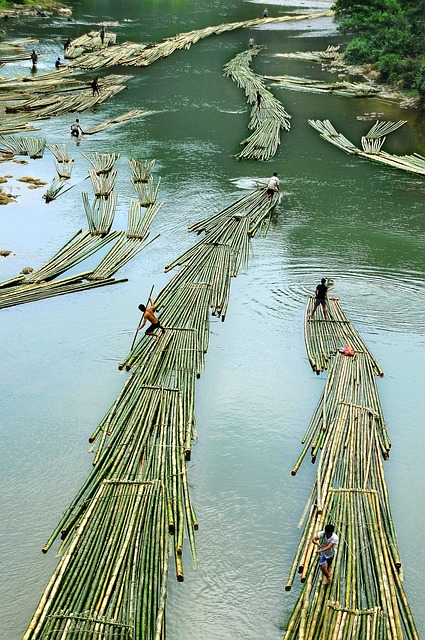
As the leaves begin to change color and the air grows crisper, trout fishing enthusiasts know that autumn presents unique opportunities for river trout fishing. The transitioning seasons bring about changes in trout behavior, necessitating a tweak in your trout fishing tips arsenal. During this time, trout become increasingly active as they prepare for the winter, making them more susceptible to certain types of flies. Anglers looking to catch trout should consider using patterns that mimic the various food sources available during fall.
The best flies for catching trout in autumn typically include those that resemble the insects and aquatic life that are most abundant at this time of year. For example, terrestrial patterns like hoppers and beetles can still be effective, especially on calm, warm afternoons. However, as temperatures drop, trout will begin to feed more heavily on aquatic insects such as mayflies, caddisflies, and midges. Octopus and woolly buggers in darker colors are excellent choices for streamers, imitating the bountiful fish fry or minnows that trout target during this season. The key to successful river trout fishing in autumn is adaptability; monitoring water temperatures and understanding the local insect hatches can greatly enhance your chances of catching trout. By employing the right flies and staying attuned to the changing conditions, you’ll be well on your way to a fruitful trout fishing outing.
Must-Have Flies for Winter Trout Fishing to Maximize Catch Rates
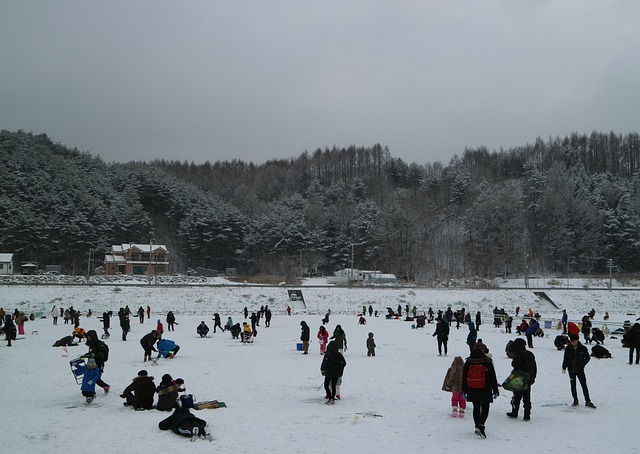
When winter’s chill sets in and river trout fishing becomes your pursuit, selecting the right flies is crucial for enticing those wary fish. Trout metabolism slows down during this season, so it’s essential to mimic the natural food sources that are most active at this time. Among the must-have flies for winter trout fishing, nymphs such as midges and mayflies, like the Baetis or Blue-winged Olive, imitate the predominant food source for trout in cold waters. Presenting these nymphs just beneath the surface can significantly increase your catch rates as trout tend to feed closer to the bottom where warmer water resides. Another effective fly is the San Juan Worm, which mimics aquatic insect larvae and is highly effective when fished slowly through deeper pools. Additionally, egg patterns are a staple during the winter months, especially after spawning seasons when trout are feeding on these easy-to-digest morsels.
For those looking to maximize their catch rates in river trout fishing during winter, it’s essential to adapt your fly selection based on local conditions and water temperatures. Trout will often move to deeper, slower waters to conserve energy, so consider this when choosing your flies. Streamers such as the Woolly Bugger or Zonker can be effective for targeting larger trout that are actively searching for a meal in these environments. The key is to fish with patience and precision, as the trout’s feeding behavior will be less aggressive due to the cold. By understanding the environmental factors at play and having a selection of flies that match the available food sources, you’ll be well-equipped to catch more trout during the winter season. Remember to adjust your presentation based on the day’s light conditions and water clarity for the best outcomes.
When it comes to mastering trout fishing, selecting the right flies is paramount for success throughout the year. This article has explored the nuances of trout behavior and provided seasonal fly recommendations that cater to various conditions, ensuring anglers are well-equipped to enhance their catch rates in river trout fishing scenarios. Whether you’re facing the challenges of early spring, the warmth of summer, the transitions of autumn, or the chill of winter, the right fly can make all the difference. By incorporating the outlined trout fishing tips for each season, you’ll be poised to maximize your success in this rewarding pursuit. Remember to adapt your technique and fly selection based on local conditions and the specific behavior of the trout you aim to catch. Happy fishing!
